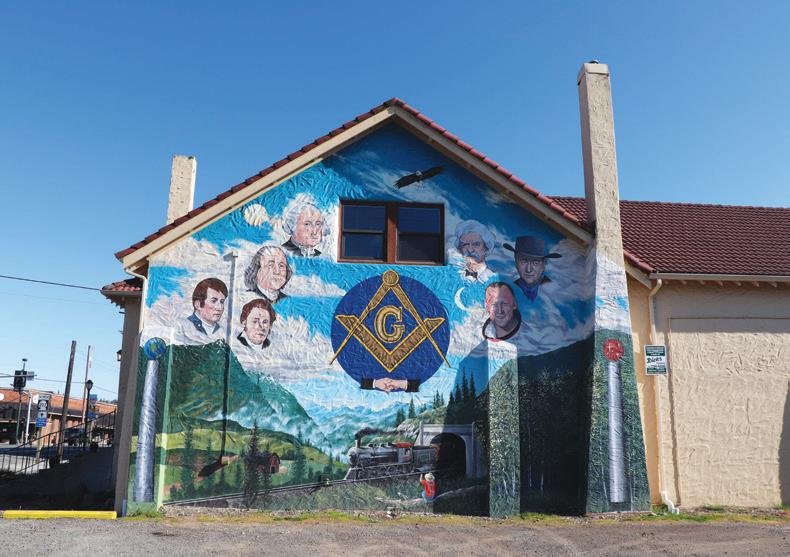
1 minute read
Down Goes the Dam!
Salmon
are a keystone species of the Pacific Northwest. When salmon populations aren’t healthy, it’s a sign that the ecosystem isn’t either. The life cycle of a salmon in the PNW goes something like this – after spawning, juvenile salmon head down the river, grow big and fat in estuaries, then migrate to Puget Sound and up toward Canada and Alaska before coming all the way back to where they spawned.
Advertisement
Along the way, these salmon are hugely important to a variety of predators. This includes the resident orcas of the Puget Sound and Salish Sea, whose primary food source is chinook salmon. It also includes people – from tribal members exercising their treaty rights to fish and preserve their connection to the salmon that have sustained them since time immemorial, to fisherman stretching from the PNW up to Alaska.
In 2020, the Tulalip (pronounced Tuh’lay-lup) Tribes, direct descendants of and the successors in interest to the
Snohomish, Snoqualmie, Skykomish, and other allied bands signatory to the 1855 Treaty of Point Elliott, partnered with the City of Snohomish to remove a decommissioned dam on the Pilchuck River which cut salmon off from the most pristine habitat in the Snohomish River basin. The cool water, abundant food, and side channels are now easily accessible for the first time in over 100 years.
Instead of bumping their heads against a dam, salmon and other fish are now free to use an additional 37 miles of habitat – and not a moment too soon. Salmon and the orcas that rely on them are both endangered, with recent salmon runs in this area being the lowest on record. It was an encouraging sight, then, when shortly after the dam removal a chinook salmon was spotted in the upper Pilchuck River for the first time in over 100 years. With the benefit of more time and further habitat restoration, the hope is that the health of these waterways will continue to improve to the benefit of all. Learn more about this and other projects at www. pilchuckriverdam.com.


















